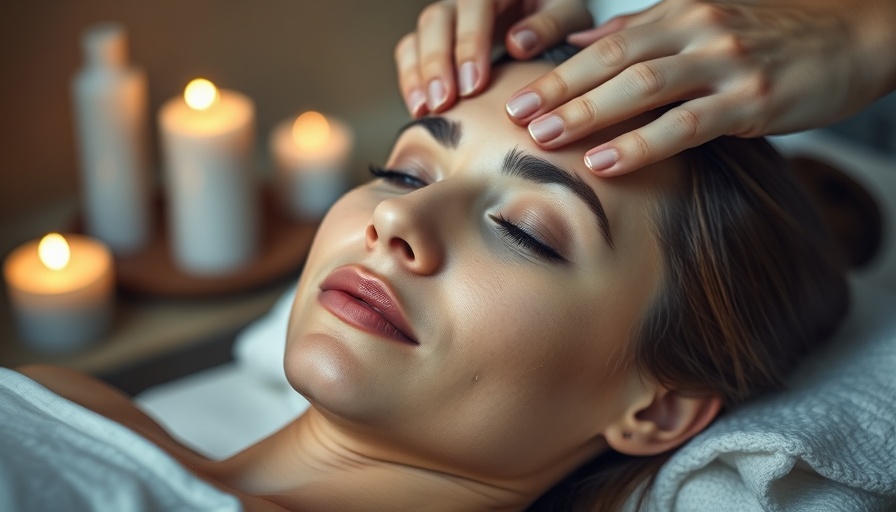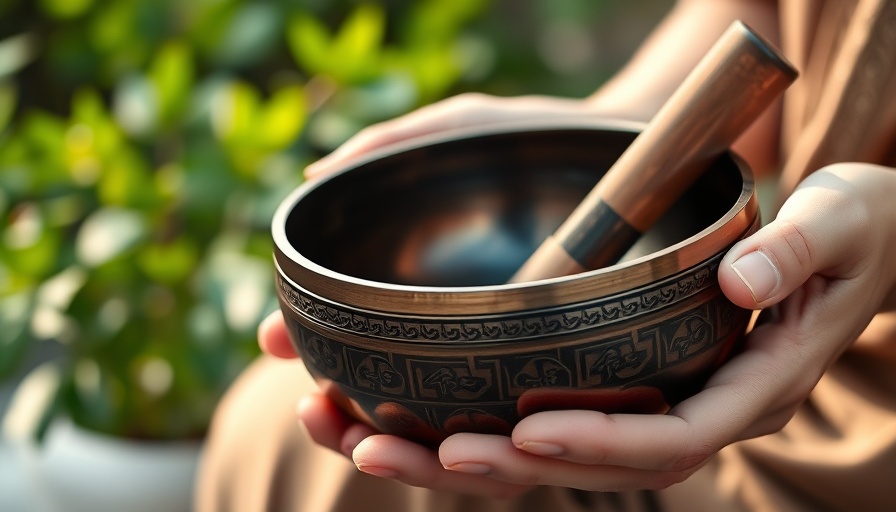
Building A More Inclusive Spa Environment: Strategies for Day Spa Owners
As societal awareness about diversity and inclusion heightens, the spa industry is embracing these shifts by offering more culturally inclusive experiences.
This change is crucial, especially given the evolving demographics in the United States.
By 2045, the U.S. is anticipated to have a majority of its population belonging to minority groups, which reflects in the clientele demographics of many businesses, including spas.
Thus, cultivating an inclusive spa environment not only meets the expectations of a diverse clientele but also helps spas thrive in an increasingly multicultural market.
Understanding the Importance of Inclusivity
The spa industry is transitioning from traditional modalities to incorporating a variety of multicultural services, products, and environments.
This necessity is driven by the wellness industry's objective to respect and honor diverse cultural traditions and wellness practices.
According to market insights, this trend has helped the wellness industry burgeon into a $4.4 trillion market in 2020.
Yet, there’s room for improvement, as revealed in a McKinsey & Company study indicating that only 40% of wellness practitioners consider their services sufficiently inclusive.
Addressing this gap can lead to a deeper connection with a wider audience.
Trends in Multicultural Spa Services
Day spa owners can take advantage of the latest trends in multicultural wellness to integrate inclusivity into their services.
Notable practices include introducing cultural sensitivity training for staff, which enhances the understanding of different cultural norms and wellness needs.
Also, diversifying product lines to cater to various skin and hair types is a growing necessity.
Engaging clients through personalized services that resonate with different cultural backgrounds further establishes a welcoming and supportive spa environment.
Future Predictions and Trends for Inclusive Spa Experiences
Looking ahead, the integration of technology in spa services to customize experiences further and offer language flexibility for non-native speakers is likely to gain momentum.
Diversifying marketing efforts to represent multicultural communities prominently will also be a key trend, helping spas stand out in a competitive market.
By embracing these trends, spa owners can heighten their service delivery significantly, paving the way for a more inclusive future.
Embracing Cultural Sensitivity: A Human-Centered Approach
Crafting a culturally inclusive spa experience starts at recognizing that wellness is not one-size-fits-all.
It is rooted deeply in understanding and actively celebrating diversity. Implementing cultural sensitivity training is a small yet powerful step to ensuring staff are equipped to understand and honor client preferences.
This fosters not only a welcoming space but also boosts client satisfaction and retention.
Emily Brooks, a local journalist known for her heartwarming community stories, notes that these inclusive practices contribute significantly to the enhanced community spirit within the spa industry.
By embedding inclusion into their core operations, day spas can strengthen client loyalty and community bonds, ultimately expanding their reach in the spa and wellness domain.
 Add Row
Add Row  Add
Add 



 Add Row
Add Row  Add
Add
Write A Comment